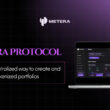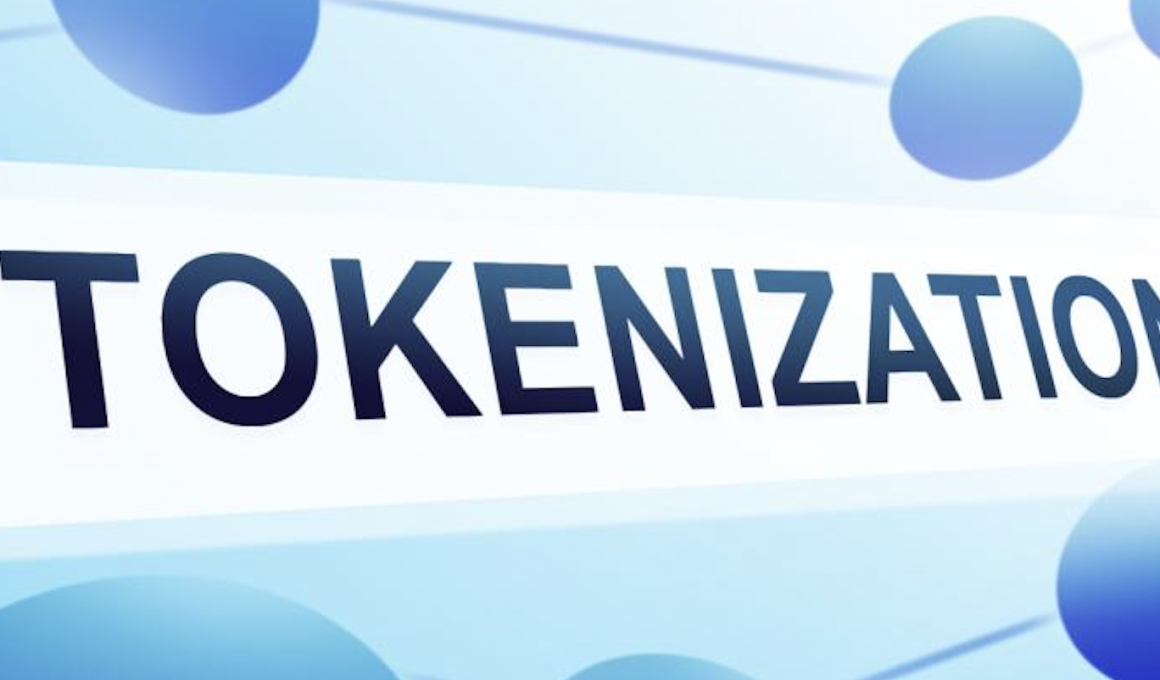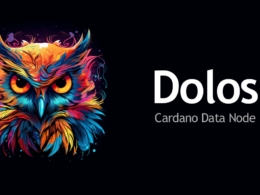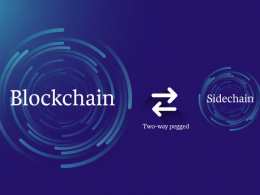In today’s world, data is the most valuable asset, and keeping it secure is of utmost importance. Tokenization is a process that replaces sensitive data with unique identification symbols, known as tokens, that retain all the essential information without compromising data security. This process has been traditionally used to obscure complex and sensitive information and to securely transfer information.
Tokenization has become an integral part of the digital economy, and according to recent estimates, around 300 million people use tokens as a digital currency. However, less than 1% of people understand tokenization, its benefits, and its potential use cases.
So, what exactly is tokenization, and where did it come from?
What is Tokenization?
Tokenization has its roots in the Old English word “tācen,” which means a sign or symbol. It referred to privately issued special-purpose coin-like items of insignificant intrinsic value, such as transportation tokens or laundry tokens.
Digital tokenization was first created by TrustCommerce in 2001 to protect customer credit card information. TrustCommerce replaced primary account numbers (PANs) with a randomized number, a token. When a merchant needed to process a payment, they could reference the token, and TrustCommerce would process the payment on their behalf. This eliminated the merchant’s need to store credit card data and vastly increased the security of cardholder data.
In traditional tokenization, tokens have little to no tangible value and mainly serve to represent or protect underlying data. Tokens can be used to obscure complex and sensitive information, such as credit card primary account numbers, social security numbers, or even passport numbers.
Tokenization vs. Encryption
Tokenization differs from encryption, which is a process that changes sensitive data mathematically, but its original format is still present within the new code. An algorithm and encryption key are required to decrypt the information and return it to its original format.
Tokens, on the other hand, can’t be reversed because there is no significant mathematical relationship between the token and its original number. Instead, a token works as a replacement for the original data, and any tokenization is a form of encryption.
Simplified, the purpose of encryption is to modify & store sensitive data.
The purpose of tokenization is to protect sensitive data any tokenization is a form of encryption.
What is Tokenization on Blockchain?
In the case of Blockchain, a token digitally represents a unit of value. Any digital or physical asset can be mapped and transferred along with its ownership rights on the blockchain. This creates a bridge between the real and digital worlds.
Technically, a crypto token is a small piece of software code (aka smart contract) that represents real value & stores it digitally on a blockchain.
The World Economic Forum estimates, that 10% of global GDP will be stored on the blockchain in 2027, representing approximately $9.38 trillion. Even if it takes longer, it is obvious that tokenization will fundamentally change ownership & transfer of assets.
What is so special about Tokenization on Blockchains?
Tokenization on blockchains has produced two breakthrough innovations, which have set the stage for tokenization.
Firstly, preventing double-spending by securing and storing tokens on the blockchain enables a crypto token to be uniquely assigned to its owner, enabling digital ownership for the first time in the computer age.
Secondly, enabling distributed trust by creating consensus mechanisms allows crypto assets to be exchanged securely via peer-to-peer transactions, even within an untrusted environment, making central actors like banks or exchanges obsolete.
Non-Currency Tokenization Use Cases
The most obvious use of tokens is as digital private currencies. However, this is only one possible use. Tokens can be programmed to serve many different functions most of which people are not aware of.
Here are 9 non-currency token use cases:
- Resources: Blockchain technology can be used to track the ownership and transfer of resources such as energy, water, and other commodities. Tokenization can facilitate the transfer of ownership and management of these resources, making it easier for individuals and organizations to track and trade these resources.
- Asset: Tokenization can be used to represent assets such as real estate, art, and intellectual property on the blockchain. This allows for fractional ownership of these assets, making it easier for individuals to invest in assets that were previously inaccessible.
- Access: Blockchain-based tokens can be used to control access to digital and physical resources. For example, a token can be used to grant access to a specific computer network or physical facility, such as a coworking space or rental car.
- Equity: Blockchain-based tokens can represent ownership in a company, allowing individuals to invest in and participate in the governance of the company. This can increase transparency and decentralization in the management of the company.
- Voting: Blockchain technology can be used to facilitate secure and transparent voting systems. Tokenization can represent a vote and allow for decentralized decision-making.
- Collectible: Blockchain-based tokens can represent unique items such as collectibles, rare items, and digital assets. This can increase the transparency and security of the ownership and transfer of these items.
- Identity: Blockchain technology can be used to create secure and tamper-proof digital identities. Tokenization can represent an individual’s identity, allowing for secure and decentralized identity management.
- Attestation: Blockchain-based tokens can be used to represent attested qualifications and achievements, such as educational degrees or professional certifications. This can increase the transparency and security of these credentials.
- Utility: Blockchain-based tokens can be used to represent access to a utility or service, such as a cloud storage or internet service. This allows for a more decentralized and transparent management of these services.
Why Should You Focus on Non-Currency Tokenization Use Cases?
Focusing on non-currency tokenization use cases can offer several benefits such as increased efficiency, reduced costs, improved security, and new business opportunities.
Additionally, it can enable the creation of new types of assets and improve the accessibility of various resources.
Tokenization Use Cases at the Cardano Blockchain
Some of the use cases for tokenization on the Cardano blockchain include:
- NFTs: Cardano can be used to create non-fungible tokens (NFTs), which are unique digital assets that can represent anything from art to virtual real estate.
- Decentralized Finance: Cardano can be used to create decentralized finance (DeFi) applications, such as lending platforms and decentralized exchanges.
- Identity: Cardano can be used to create digital identities that are secure and can be used to verify a user’s identity.
- Gaming: Cardano can be used to create in-game assets that are unique and can be traded between players.
Conclusion
Tokenization is a powerful tool that can be used in a variety of industries to increase efficiency, transparency, and security.
While many people associate tokenization with cryptocurrencies, there are a variety of non-currency use cases that are worth exploring. The use cases for tokenization are only limited by our imagination, and as blockchain technology continues to evolve, we can expect to see even more innovative applications of tokenization in the years to come.
References:
https://www.binance.com/en/feed/post/158446
https://tokeny.com/the-catalyst-for-institutional-asset-tokenization-prosperity/










